Tasker H. Bliss started his long Army career on September 1, 1871, when he was appointed to the United States Military Academy, West Point, New York. While at the USMA, he excelled in languages, mathematics, and tactics, and graduated eighth in his class on June 16, 1875. He was commissioned a 2nd Lieutenant in the 1st Artillery and performed routine garrison duties in Georgia and New York. He served as an Assistant Professor of French at USMA from 1876 until 1882. In 1885, after duty in California and Virginia, Bliss returned to academia as an instructor at the Naval War College, which sent him to Europe to study their military schools.
After his return to the United States in 1888, he was assigned to be Aide-de-Camp to U.S. Army Commanding General John M. Schofield, as recognition of his military and intellectual capabilities. In1892, he was finally promoted to Captain, and assigned to special duty at the Office of the Secretary of War.
Promotions were slow in the late 19th Century Army, but war would change that. On July 2, 1897, Captain Bliss was sent to Spain as the Military AttachAfA in the U. S. Legation. When war was declared on Spain in 1898, he was ordered to return to the U.S., where he was promoted to Major, and then to Lieutenant Colonel. Lieutenant Colonel Bliss was soon ordered to Santiago, Cuba, and then Puerto Rico.
LTC Bliss arrived in Ponce, Puerto Rico, and was appointed as the Chief of Staff, 1st Division, I Army Corps, under Major General James H. Wilson. Ordered to Havana, Cuba in December 1898, LTC Bliss served as Collector of Customs for the Island of Cuba and the Port of Havana, reforming a corrupt and inefficient service. He was also the President of the Commission to Revise the Cuban Tariff Treaty, and was on the Army War College Board to negotiate the treaty ratification in November and December, 1902.
LTC Bliss was promoted to Brigadier General by President Theodore Roosevelt. On August 15, 1903, Brigadier General Bliss was appointed a member of the General Staff and President of the Army War College. Two years later BG Bliss was ordered to the Philippine Islands to command the Departments of Luzon and Mindanao, to serve as Governor of the Moro Province, and then to take charge of the Philippine Division.
BG Bliss was reassigned to the General Staff on June 19, 1909, and had another short stint as President of the War College. After command assignments at the Department of California, the East, and the South, he was promoted to Major General and assigned as Army Assistant Chief of Staff. In September, 1916, he became Chief of Staff of the United States Army.. Elevated to four-star grade in October of 1917, he was assigned as the American Permanent Military Representative, Supreme War Council, concurrent with the U.S. Army Chief of Staff position. He transformed the Army from a small peacetime establishment to a large war machine, and also ably defended American interests in Allied war councils. . Retained on active duty beyond mandatory retirement age, he finally retired in May, 1918, but he still served as an American Plenipotentiary at the Paris Peace Conference into 1919.
The distinguished soldierAca,!a,,cs duty was still not done, and in 1920 he was assigned as Governor of the U.S. Soldiers Home, Washington, D.C. The previous year he presided over the forerunner of the Council on Foreign Relations, and he became an honorary member of the Council after it was founded in 1921. He died on November 9, 1930.
Throughout his military career, General Bliss shines forth as a military intellectual, as a soldier-diplomat, and as a major military reformer who helped implement the great changes that transformed the U.S. Army from a frontier constabulary in the 1800s into an effective force for carrying out American national strategy on the world stage in the 20th Century. The U.S. Army Military History Institute is honored to hold and make available for study an extensive collection of General BlissAca,!a,,cs personal papers and photos covering his entire career, especially the period from 1871 to 1909.
ABOUT THIS STORY: Many of the sources presented in this article are among 400,000 books, 1.7 million photos and 12.5 million manuscripts available for study through the U.S. Army Military History Institute (MHI). The artifacts shown are among nearly 50,000 items of the Army Heritage Museum (AHM) collections. MHI and AHM are part of the: Army Heritage and Education Center, 950 Soldiers Drive, Carlisle, PA, 17013-5021.
Related Links:
A Working Bibliography of MHI Sources: Biographies : TASKER H. BLISS

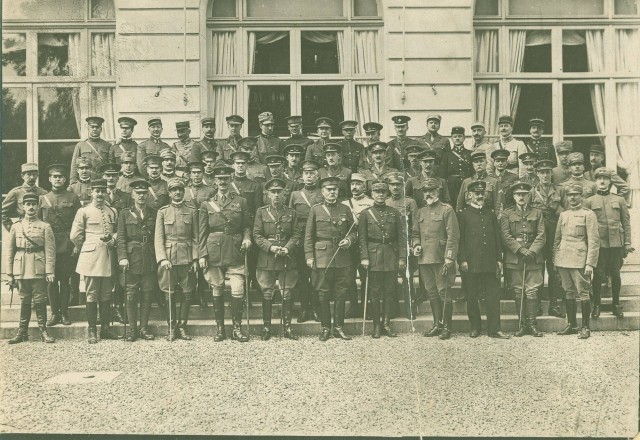
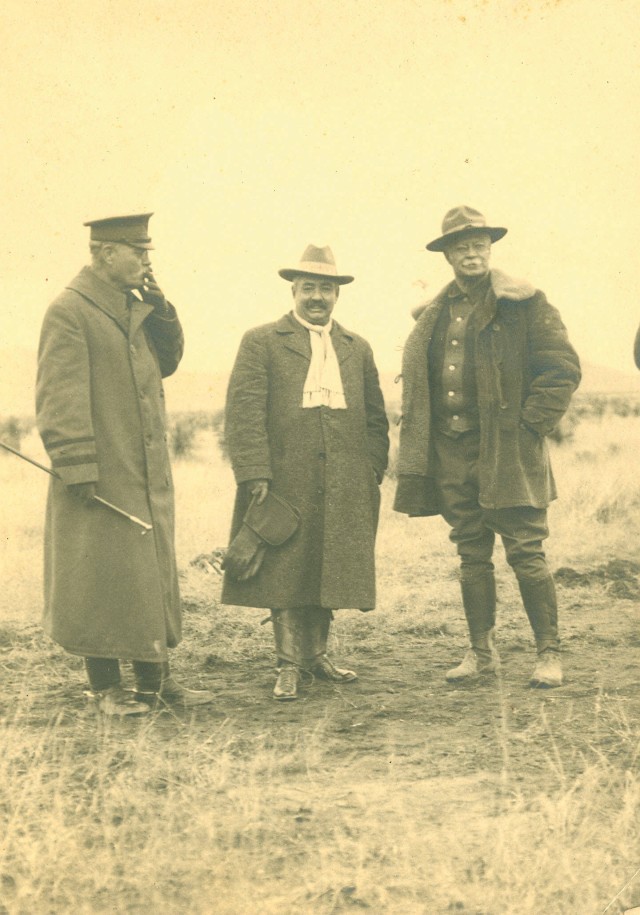


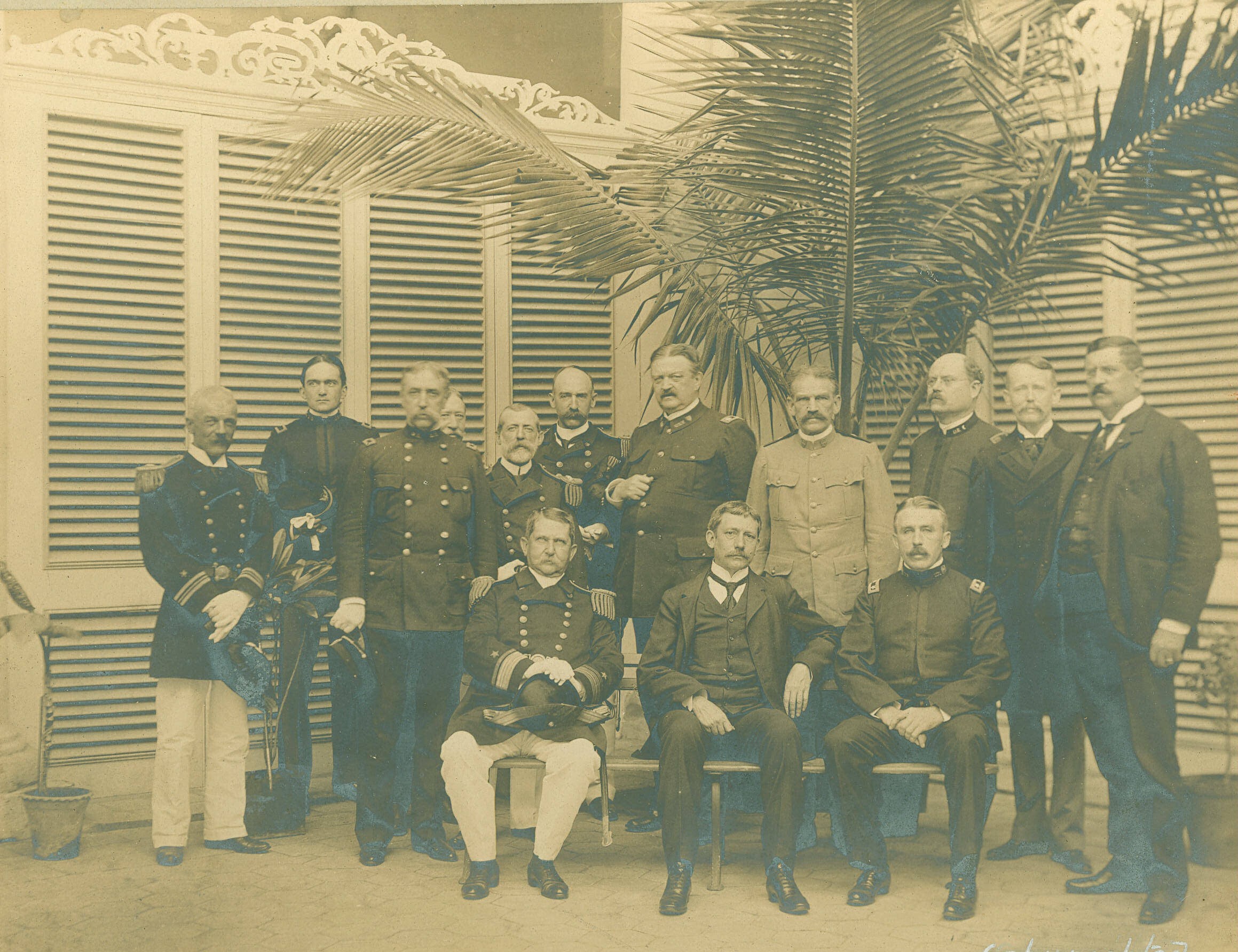
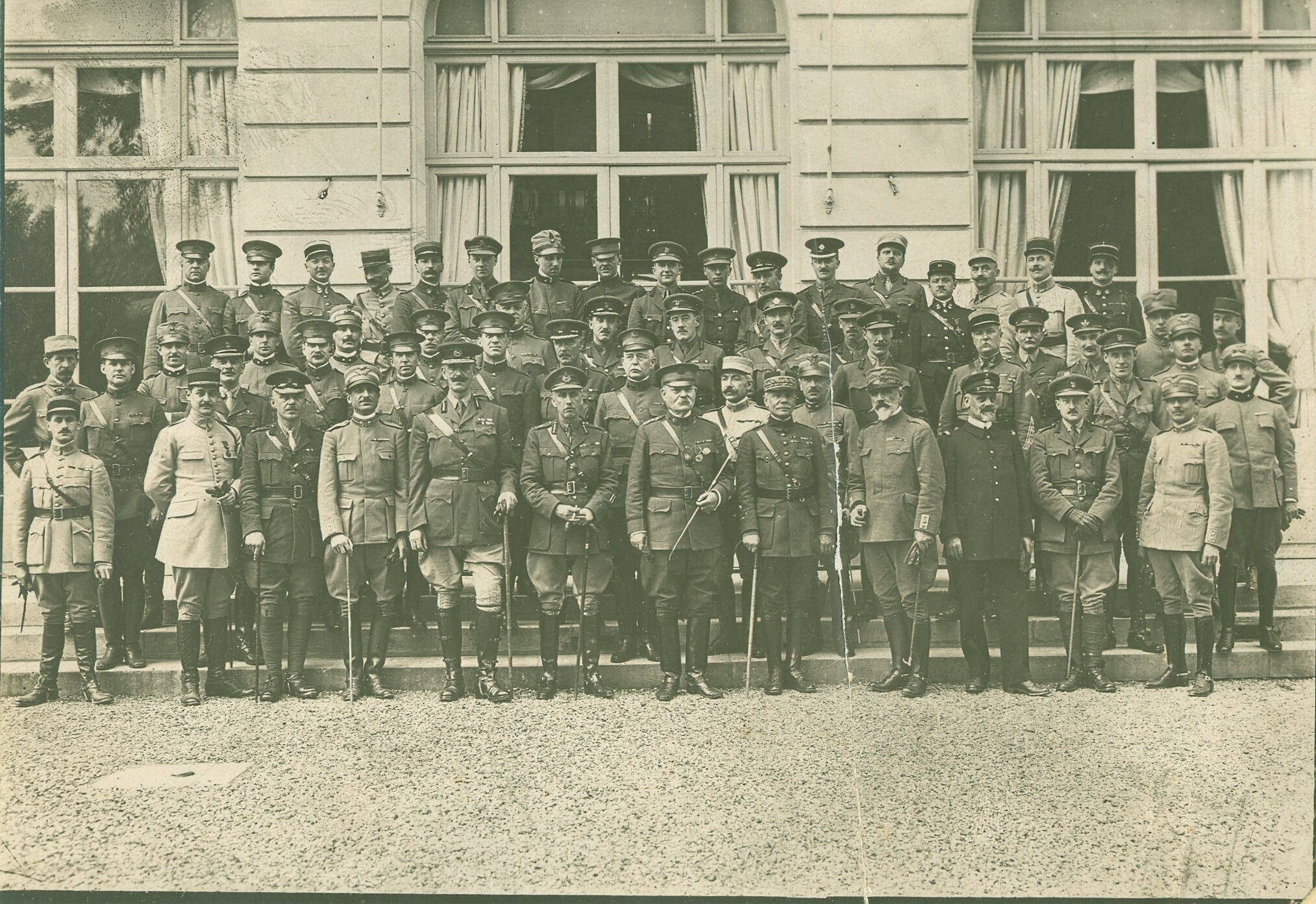

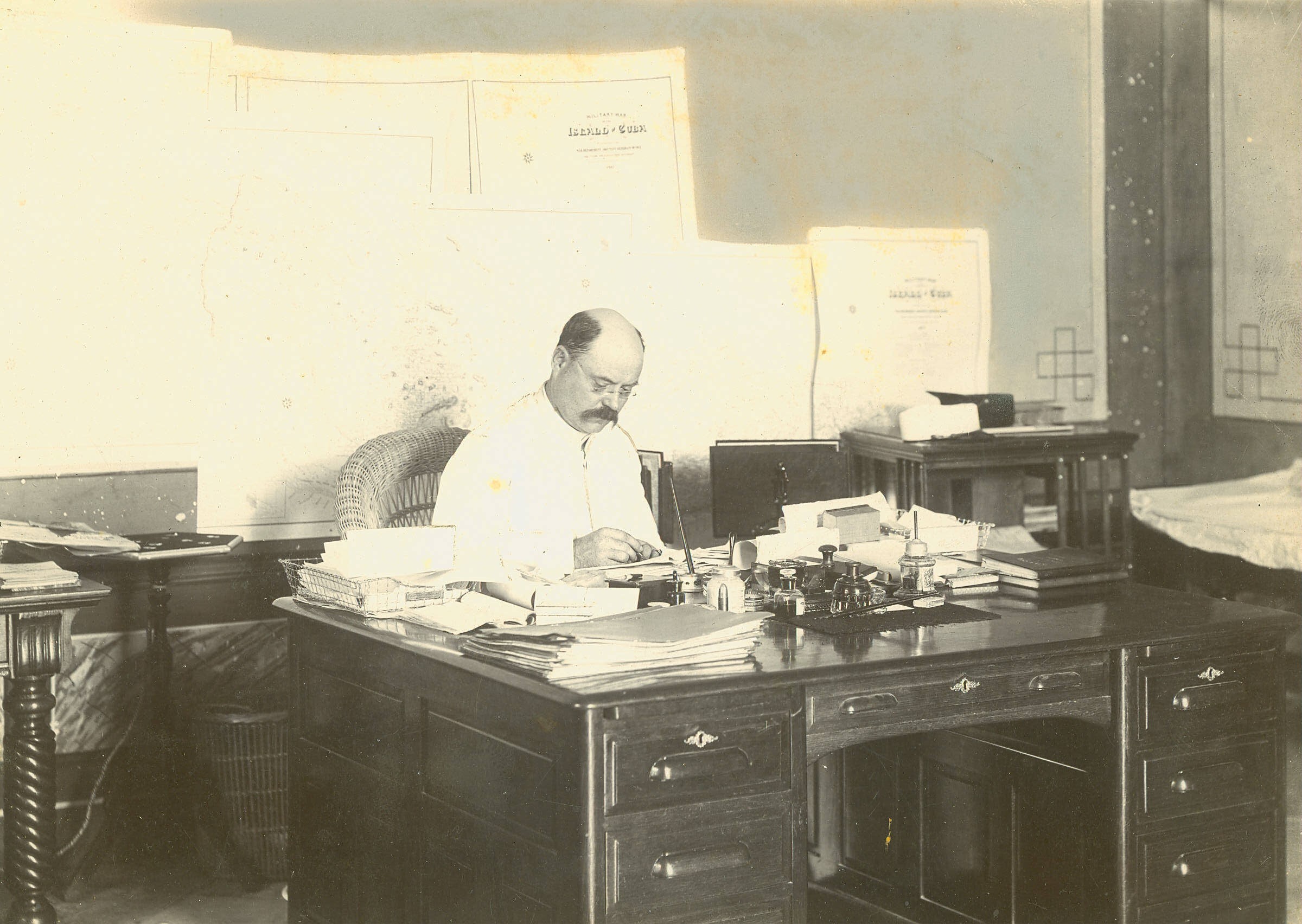

Social Sharing